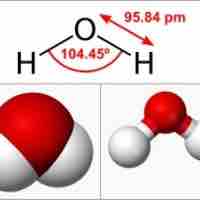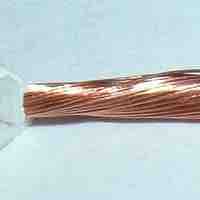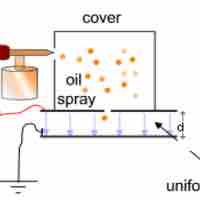Section 1
Overview
By Boundless

Atoms contain negatively charged electrons and positively charged protons; the number of each determines the atom's net charge.

Electric charge is a fundamental physical property of matter that has many parallels to mass.

Charge separation, often referred to as static electricity, is the building of space between particles of opposite charges.

Dielectric polarization is the phenomenon that arises when positive and negative charges in a material are separated.

Electric charge is a physical property that is perpetually conserved in amount; it can build up in matter, which creates static electricity.

Based on the ability to conduct current, materials are divided into conductors and insulators.

In 1911, using charged droplets of oil, Robert Millikan was able to determine the charge of an electron.